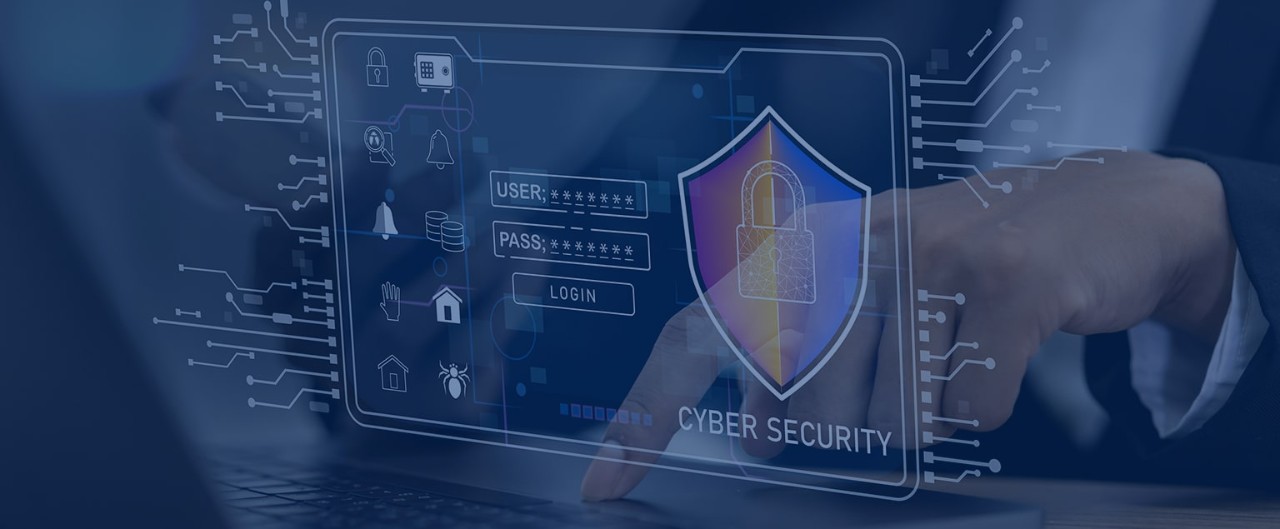

Preventing Fraud through People, Policies, and Processes
Fraudsters are subtle, sneaky, and can slip through the cracks of your business’s vulnerabilities. That may sound alarming, but the good news is there are steps you can take to help prevent bad actors from gaining access to your assets. With training, clear processes, and verification measures, you can keep your business safe. Here is how to build a stronger defense, starting from the inside out.
1. Train your employees with effective cyber processes and procedures.
A great foundation starts with your team. While firewalls and device restrictions are important additions to protect your business, these enforcements can only go so far if your employees are not trained to identify scams. Employee training isn’t just helpful, it’s crucial!
Start by training your employees on fraud prevention and awareness. Teach them how to recognize phishing attempts, protect their logins, and use good judgment on what information to share online. Even a simple social media post can give a fraudster enough information to create a convincing scam.
Consistent fraud prevention workshops and phishing simulations can help keep fraud top of mind. When you educate and empower your employees, they are far more likely to stop, consider, and proactively identify suspicious activity.
2. Find your business’s weak spots…before the fraudsters do.
Once your employees are equipped with cybersecurity knowledge, it is time to ask yourself where your vulnerabilities are. Are outdated systems putting your business at risk? Or could processes be improved?
This is where consulting a third-party risk management partner could help. A fresh perspective can reveal weak points you didn’t know existed and can help guide better security decisions. Maybe you haven't set up multi-factor authentication on key accounts, or perhaps you need to incorporate routine checks of account users to make sure the right people have access to your company’s systems. Once you get an idea of where you can improve, you can use these insights to create or revise policies to better protect your business.
3. Don’t send money until you verify new payment instructions.
Payment fraud is one of the most common threats businesses face. It usually starts with a slight change on an otherwise legitimate-looking invoice or email that causes a payment to be misdirected.
If a vendor suddenly changes payment instructions, don’t act on those changes right away. Instead, confirm the change by reaching out to a known and trusted contact. Don’t rely on the phone number listed on the invoice or one found through an online search as both can easily be manipulated. Instead, contact the vendor using a number you’ve used before. One quick conversation to a verified contact can save your company from irreversible losses.
Make Fraud Prevention a Year-Round Commitment
Fighting fraud isn’t a one-time effort, but an ongoing process. That means you should be consistently reviewing and refreshing your fraud prevention strategy — what may have worked yesterday, may not work tomorrow.
Want more guidance? We offer a full list of best practices on our 2025 Best Practices Checklist, designed to empower you and your employees to identify and prevent fraud.
Looking to increase cybersecurity when managing financial data? Check out our Fraud Prevention Solutions and contact your Treasury Management Officer to discuss what measures you can take to prevent cyber fraud from happening to your organization.